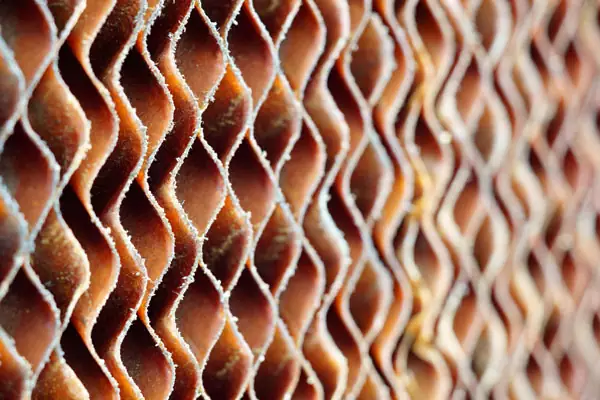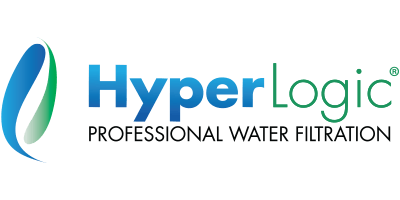 Commercial-scale evaporative cooling systems, also called Wet Walls, significantly lower greenhouse temperatures at a fraction of an HVAC system’s cost. Commercial Reverse Osmosis filters are an essential component to Wet Wall evaporative cooling systems, protecting equipment, maintaining efficiency, as well as treating waste water. Similar systems such as foggers and misting machines also benefit from using contaminant free, pure reverse osmosis water.
Commercial-scale evaporative cooling systems, also called Wet Walls, significantly lower greenhouse temperatures at a fraction of an HVAC system’s cost. Commercial Reverse Osmosis filters are an essential component to Wet Wall evaporative cooling systems, protecting equipment, maintaining efficiency, as well as treating waste water. Similar systems such as foggers and misting machines also benefit from using contaminant free, pure reverse osmosis water.
Increasing Wet Wall Evaporative Cooling Efficiency with Reverse Osmosis
Typically, a Wet Wall pump distributes water through a large, air-permeable cellulose pad while motorized fans push warm air through, creating cooled evaporation. Mineral-free reverse osmosis water is the only water that should ever be used in a Wet Wall system, as RO water is free of the salts and scale that foul and eventually destroy the cellulose wall. If the walls begin to scale, the power costs increase as the fans and pumps must work harder to move increasingly less water and air throughout the system. Also, the Wet Wall’s water continually recirculates, but eventually evaporates over time and should be topped off with pure RO water, only.

Treating Evaporative Cooling Tower Blowdown Water
Commercial reverse osmosis systems can be used to treat blowdown water discharged from cooling towers. This water can be high in TDS due to constant evaporation that leaves minerals in the tower water. Furthermore, water drained from cooling towers can contain biocide, scale-inhibiting chemicals or hazardous bacteria, making it unsuitable for alternative uses.
Reverse Osmosis Return On Investment
The ROI formula is simple: Reverse osmosis treated water is recommended to both fill and top off evaporative cooling systems and other atomized water applications, extending the life of the cooling equipment, as well as reducing chemicals, power costs, and maintenance on the system. The cost up front is minimal compared to the potential damage and inefficiency expenses, directly related to untreated water.

